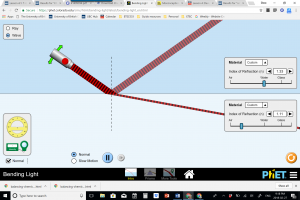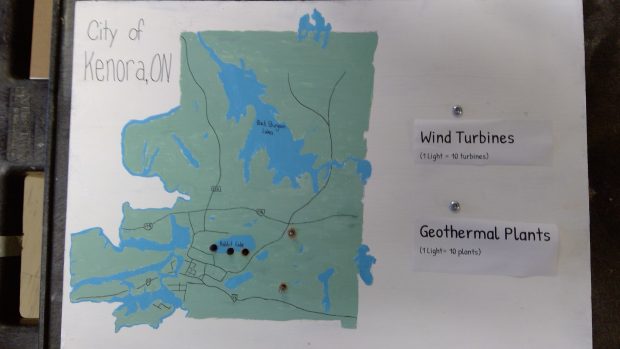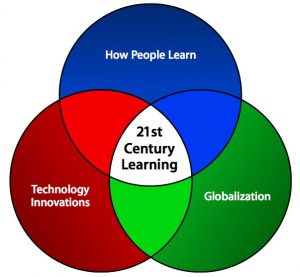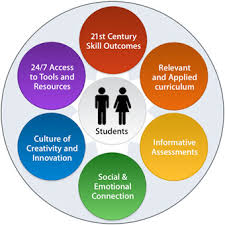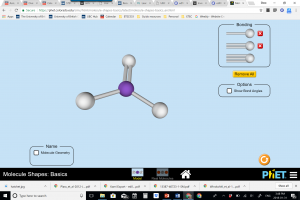| View of Learning | Methodology | Student Engagement | Weakness | |
| Anchored instruction | · situated in engaging, problem-rich environments that allow sustained exploration by students and teachers
· helping students become independent learners · Giving students the ability to take control, explore, inquire, go back, rethink and rework |
· Video scenarios, problem-based learning
· Using a digital “guide” to help students who are stuck is a wonderful way to provide students with assistance while maintaining their autonomy · Embedded data design and feedback |
· Mostly passive, followed by interactive problem solving
· Increased motivation · Cooperative learning · Explorative inquiry
|
· Students are lost or “get stuck”
· Little independent discovery · Mostly stagnant platform · Goal is the “right answer” |
| SKI-WISE | · science at its core is a process
· students learn best by doing · make thinking visible, make science accessible, help students learn from each other, and promote lifelong learning |
· Embedded online activities
· WISE is an organizational platform to support teacher’s use of inquiry activities |
· thinking, testing, figuring things out for themselves
· go through process as scientist · student paced |
· Students must be self-motivated
· Much is text based, quick response to info |
| LfU | · 3 step process: motivation, knowledge construction and knowledge refinement
· Authentic activities for deeper understanding · Varied methods of assessment · Learning cycle |
· Students are immersed in complex world of actual data using for eg. ArcGIS, draw conclusions, reflect on and reassess ideas
|
· Curiosity demand drives desire to learn
· Collaborative · Inquire, observe, reflect & apply |
· Assumes motivation
· Raw data is not student collected · Perceived to be time intensive · May be overwhelming |
| T-GEM | · 3 step process: generate, evaluate, modify
· Need visualization and exploration for conceptualization |
· Inquiry based learning through simulations
· Generate theories, modify to fit new observations |
· Very high, student control,
· interactive · collaborative · inquiry-based |
· no embedded context or real-world framing
· need good models |
To begin, I believe all four of these TELEs have something to offer, and any would have enriched my learning experience in school. All four have an inquiry element of exploration and discovery, followed by generation of student ideas or models. These models are then tested and improved. All four also encourage more student direction and collaboration than traditional methods. Where they become distinct is in the methodology. Anchored instruction and LfU have the richest contextual foundation, designed around complex, real-world problems. T-GEM is based on the principle that simulations can help students visualize concepts we couldn’t otherwise see. Digital simulations are able to offer multiple, accurate data sets with variable parameters for discovery learning. Both LfU and T-GEM prioritize working with actual data, with T-GEM utilizing student generated data. They also share very similar theoretical underpinnings by visualizing learning as a cyclical process of creating student hypotheses to a driving question, then revising them on the basis of new data generated under new conditions and reflection. SKI-WISE appears to me to be more of a platform than the others, and capable of supporting the others in setup. If I had to choose between them, I believe LfU gives the best immersive experience, leading to the deepest situated learning, but T-GEM is more flexible for adapting to traditional teachers, and topical curriculum along with the time pressures we all face in our courses. Slight edge to T-GEM, but I would want to do at least one LfU in a course if possible. Ideally, I am convinced that the more different teaching methods the better. Let’s integrate the best of TELEs into our teaching methods that are already effective.
Discussion:
- Is it feasible to teach a whole course (esp. content heavy ones like high school science) using the LfU model considering the many pressures we face?
- Can we integrate elements from each of these models? What would this look like to you?


